Style Guide
To ease the process from submission to publication, authors should ensure that their manuscripts are carefully formatted according to SVC’s style guide. Manuscripts that do not follow these guidelines closely will not be forwarded for peer or editorial review. Authors should format their manuscript according to these stylistic rules:
- File format: Microsoft Word or Rich Text Format
- Removal of author names: Manuscripts should be de-identified to help ensure the double-blind review process. Please check that identifying information is also removed from the document meta-data (i.e. document properties).
- Document formatting:
- Font size: 12-point font, Times New Roman or Aptos
- Line spacing: double-spaced.
- Justification: left-justified, ragged right margin
- Sentence spacing: One space after a period
- Title and section headings: Set these on a separate line and precede them with indicators of the level of heading: <h1> for level-one headings, <h2>, and so on.
- Figures and tables: Figures and tables must be numbered sequentially and referred to in the text so as to indicate where they need to be placed. However, figures and tables should be supplied on separate pages at the end of the document (i.e., not inserted within the text).
- Color images: SVC does not publish color images in its print publication; hence, any images that the author wishes to appear in the print publication must be in black and white or grayscale. However, all articles are also published on the web, and so authors may also submit a color image for inclusion on the journal website.
- Page numbering: Place page numbers in the bottom footer.
- Style: Manscripts should be formatted according to the latest edition of the Chicago Manual of Style (CMOS) using its “notes and bibliography” system. Use footnotes rather than endnotes and use the automatic footnote/endnote function in Microsoft Word. Do not add a separate bibliography at the end of your manuscript.
The following examples show how initial notes (N) and the short form of subsequent notes (S) should be formatted. For documentation of sources not covered below, please consult the CMOS. A few notes of particular emphasis:
- “Ibid.” is discouraged in favor of short form notes.
- The abbreviations “p.” and “pp.” are omitted before page numbers.
- All names are in a first-name-first orientation.
- When citing websites that do not indicate a date of publication, follow with a comma and the word “accessed” followed by the date most recently accessed; this is not needed for sites that list a date of publication.
- List the two-letter state abbreviation after any U.S. city name in the publication information, or list a country if outside the U.S., except in cases where there is no possible confusion (e.g., Chicago, Los Angeles, New York; Frankfurt am Main, Mumbai, Oxford, Paris, Zürich)
- Use U.S. style punctuation (not U.K.), i.e., place commas and periods inside quotation marks, and use double quotation marks first (single quotation marks for quotes within quotes).
- Cite from original sources whenever possible. When not possible, list as much of the original publication information that is known (particularly the year), then the words “cited in” followed by a citation of the volume where the material was found.
Article by one author appearing in a journal
N: Nicole L. Johnson, “Liberation From and For: The Vocation of an Educated Person,” Christian Scholar’s Review 52, no. 4 (Summer 2023), 23.
S: Johnson, “Liberation,” 19.
Monograph (book), one or more authors
N: Jason Mahn, Neighbor Love through Fearful Days: Finding Meaning and Purpose in a Time of Crisis (Minneapolis, MN: Fortress Press, 2021), 19.
S: Mahn, Neighbor Love, 34.
Monograph (book) with more than one editor
N: Stephanie L. Johnson and Erin VanLaningham, eds., Cultivating Vocation in Literary Studies (Edinburgh: University of Edinburgh Press, 2022).
S: Johnson and VanLaningham, Cultivating Vocation, 7.
Book chapter appearing in an edited monograph
N: Shirley Showalter, “Called to Tell Our Stories: The Narrative Structure of Vocation” in Vocation Across the Academy: A New Vocabulary for Higher Education, ed. David S. Cunningham (New York: Oxford University Press, 2017), 69.
S: Showalter, “Called to Tell Our Stories,” 74.
Book, translated
N: Søren Kierkegaard, Either/Or: A Fragment of Life, trans. Alistair Hannay (London: Penguin Classics, 1992), 48.
S: Kierkegaard, Either/Or, 62.
Online article
N: Jhumpa Lahiri, “In Translation,” New Yorker, November 29, 2015, https://www.newyorker.com/magazine/2015/12/07/teach-yourself-italian
S: Lahiri, “In Translation.”
Website
N: The Chronicle of Higher Education, “How Diverse Are Student Populations on College Campuses in the U.S.?”, May 17, 2024. https://www.chronicle.com/article/student-diversity/
S: The Chronicle, “How Diverse Are Student Populations?”
Blog
N: Meghan Winchell, “The Meaning of Dinosaurs: Embedding Vocation in the Major,” Vocation Matters, January 19, 2024, https://vocationmatters.org/2024/01/19/the-meaning-of-dinosaurs-embedding-vocation-in-the-major/.
S: Winchell, “The Meaning of Dinosaurs.”
Film
N: Mr. Holland’s Opus, directed by Stephen Herek, Hollywood Pictures and Interscope Communications (1995).
S: Mr. Holland’s Opus
Podcast
N: Richard Sévère, “An Investment of Time,” interviewed by John Barton and Erin VanLaningham, Callings: Conversations on College, Career, and a Life Well Lived, June 1, 2023, 51 min., 37 sec., https://netvue.buzzsprout.com/1282658/episodes/12961261-an-investment-of-time-richard-severe.
S: Sévère, “An Investment of Time.”
Poetry
N: Marge Piercy, “To be of use,” in Circles on the Water: Selected Poems of Marge Piercy (New York: Alfred A. Knopf, 1982).
S: Piercy, “To be of use.”
Dissertation
N: Yuna Blajer de la Garza, “A House Is Not a Home: Citizenship and Belonging in Contemporary Democracies” (PhD diss., University of Chicago, 2019), 48, ProQuest (13865986).
S: Blajer de la Garza, “A House Is Not a Home,” 81-83.
Unpublished manuscript
N: Jess Smith, “Analyzing the Unknowable,” unpublished manuscript, May 5, 2024.
S: Smith, “Analyzing the Unknowable,” 15.
Unpublished email correspondence
N: Daniel Aleshire, email message to David Cunningham, January 12, 2025.
Unpublished interview
N: Patrick Reyes, interviewed by Hannah Schnell, October 4, 2021.

